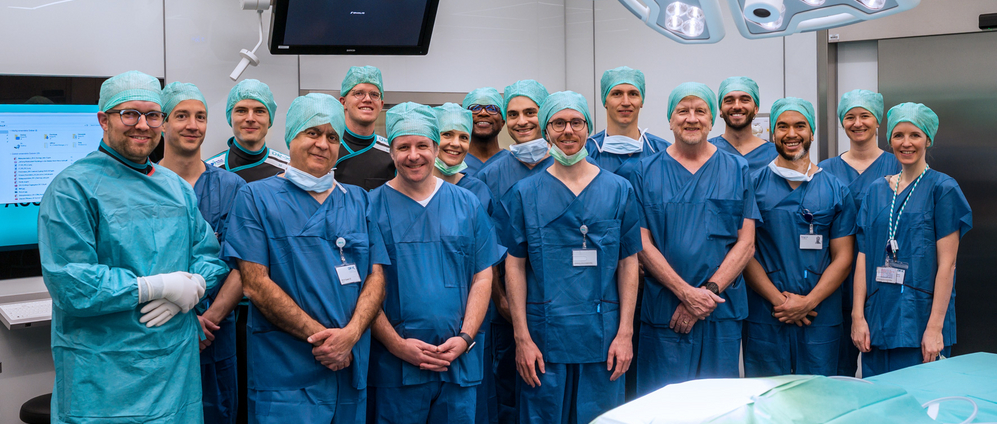High-quality intraoperative data is a cornerstone of surgical data science, yet its collection remains a significant challenge. Operating rooms present numerous hurdles, from proprietary system interfaces and workflow constraints to strict regulatory and safety requirements. Overcoming these barriers is essential to unlocking the full potential of artificial intelligence, robotics, and augmented reality in surgery.
To address these challenges, the workshop focused on defining best practices for data selection and curation. Experts discussed strategies for structuring datasets to maximize their impact on the surgical data science community and explored approaches to standardizing data collection for future research.
Live Demonstrations and Practical Applications
A highlight of the event was the opportunity to experience data-driven surgery in action. Live demonstrations at OR-X showcased how high-quality intraoperative data can be systematically captured for research purposes. Participants observed an ex-vivo spine instrumentation procedure as well as an endoscopic spine surgery, providing tangible insights into data acquisition in different surgical settings. These demonstrations sparked valuable discussions on how structured data collection can be seamlessly integrated into surgical workflows.




